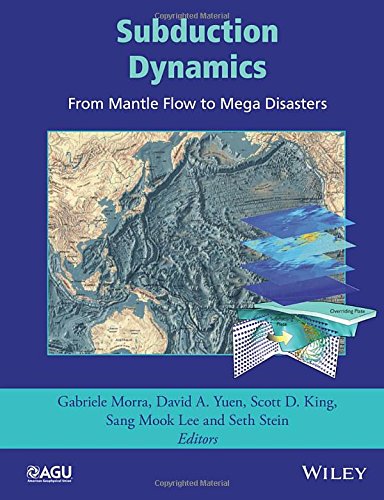

Most ebook files are in PDF format, so you can easily read them using various software such as Foxit Reader or directly on the Google Chrome browser.
Some ebook files are released by publishers in other formats such as .awz, .mobi, .epub, .fb2, etc. You may need to install specific software to read these formats on mobile/PC, such as Calibre.
Please read the tutorial at this link: https://ebookbell.com/faq
We offer FREE conversion to the popular formats you request; however, this may take some time. Therefore, right after payment, please email us, and we will try to provide the service as quickly as possible.
For some exceptional file formats or broken links (if any), please refrain from opening any disputes. Instead, email us first, and we will try to assist within a maximum of 6 hours.
EbookBell Team

4.3
68 reviewsSubduction dynamics has been actively studied through seismology, mineral physics, and laboratory and numerical experiments. Understanding the dynamics of the subducting slab is critical to a better understanding of the primary societally relevant natural hazards emerging from our planetary interior, the megathrust earthquakes and consequent tsunamis.
Subduction Dynamics is the result of a meeting that was held between August 19 and 22, 2012 on Jeju island, South Korea, where about fifty researchers from East Asia, North America and Europe met. Chapters treat diverse topics ranging from the response of the ionosphere to earthquake and tsunamis, to the origin of mid-continental volcanism thousands kilometers distant from the subduction zone, from the mysterious deep earthquakes triggered in the interior of the descending slabs, to the detailed pattern of accretionary wedges in convergent zones, from the induced mantle flow in the deep mantle, to the nature of the paradigms of earthquake occurrence, showing that all of them ultimately are due to the subduction process.
Volume highlights include:
This volume is a valuable contribution in earth and environmental sciences that will assist with understanding the mechanisms behind plate tectonics and predicting and mitigating future natural hazards like earthquakes, volcanoes and tsunamis.